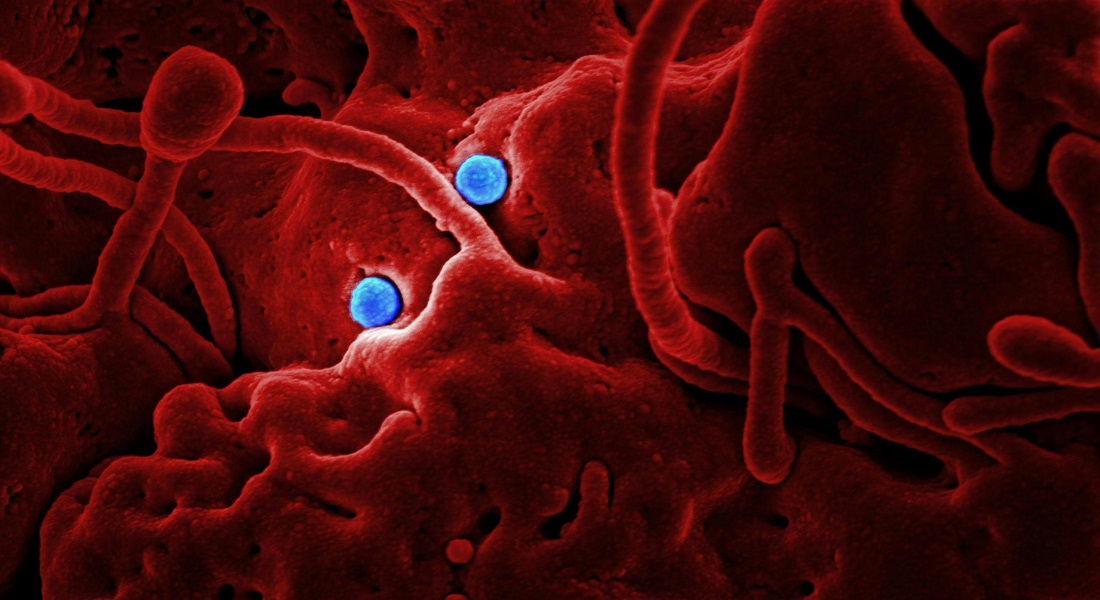Common rheumatic disease can be prevented through the gut
The proteins that cause gout can, for some people, be eradicated by adding specific lactic acid bacteria to the gut – so called medical nutrition. Having received a EUR 3,8 mil. EIC Pathfinder Grant, the new 3-year research project, Bugs4Urate, will prepare this treatment for clinical use by mapping for whom it works and why, as well as developing an algorithm for future use.

Few rheumatic diseases have known causes, and even fewer have known measures for treatment and prevention without side effects. Gout is one of the the most widespread rheumatic diseases in the world, and in 2020, the number of hypouricemic patients – people disposed to develop gout through heightened urate-levels in their body – numbered 56 million in the EU and US, of which 20 million progressed to develop gout.
But gout is treatable and preventable, at least for some people, through a medical nutrition product called BEO 001. It contains a specific mixture of lactic acid bacteria that enables the gut to better process urate, the waste product from the degradation of proteins and nucleic acids, which causes gout when it accumulates in the blood.
Now, the new 3-year research project, Bugs4Urate, led by Professor Morten Arendt Rasmussen from Department of Food Science, aims to prepare the product for clinical use, after having been awarded 3.8 million euros through a prestigious EIC Pathfinder Grant. Alongside the University of Copenhagen, the project consortium consists of Örebro University, Leiden University Medical Center, and the companies NeoBioSys and BEO Therapeutics.
The project’s starting point is as strong as it gets: We know that BEO 001 works to degrade the precursors of gout. Morten’s role, besides leading the project, will primarily be to investigate the types of microbiomes that it works for, figure out why it works for those specifically, and to develop an algorithm that can predict that pattern for better and easier future use of the product.
"If you think of a medication like painkillers, you could say it works for everyone. That’s not always so with medical nutrition, because it’s a living thing – billions of bacteria – that need to establish themselves in the gut environment, that’s filled with many, many billions of bacteria. On top of that, a person’s diet also plays a role in receptibility. So, there are contextual factors at play. But that also means that we can measure those factors and use them to our advantage in developing the treatment and ways of predicting its efficacy,” explains Morten Arendt Rasmussen.
Guts as a Urate Filter
BEO 001, the product at the center of Bugs4Urate, has been developed by BEO Therapeutics. They have conducted the initial studies on the product’s efficacy and hold the patent on it. And it could potentially be a game changer in treatment. Currently, the medicines used to treat gout, such as steroids, come with significant side effects, especially when used over long periods of time. That is not necessarily the case with naturally occurring bacteria.
“It’s like putting a filter on the gut, utilizing the body’s blood circulation and substance exchange with the gut across the gut wall. We’re testing the product on hyperuricemic patients, which are the ones where gout hasn’t yet manifested. As we’re targeting the cause for the disease, we’re aiming to be able to prevent, but also hoping to find ways to halt or even reverse the development of gout,” says Morten Arendt Rasmussen.
Over the three years, through a joint effort, the consortium will test the efficacy and the mode-of-action of the product in two clinical trials that include +100 patients. In addition, the consortium will investigate how the therapy can be personalized by analyzing the gut microbiome, patients’ diet and genes. Morten’s work is centered around the hypothesis that there are two major factors in medicinal nutrition’s efficacy: the state of the receiving gut microbiome and their diet.
“Our starting point is that the treatment’s effectiveness isn’t random, and the patients can likely be divided into three groups: those whose diet and microbiome make them receptive; those who can become receptive with dietary changes; and those who won’t benefit from it, because their microbiome won’t accept the bacteria from the medicinal nutrition,” explains Morten Arendt Rasmussen.
AI to Predict Success Rate
Morten and his colleagues will gather data on each of the 100 patient's microbiome by sequencing stool samples, and combined with the individual's diet, they will evaluate the effect of the treatment. The expectation is that after this trial, they will be able to predict individual success rates.
If the results are good, the perspective is that the product can eventually be approved and become a tool to prevent gout by effectively removing its precursor, the heightened urate levels in the blood. Additionally, Morten and colleagues will develop an algorithm that can be used to screen people into the three categories of receptibility to support future treatment choices.
"Because we historically know that there is variation in the effects when treating people with bacteria, such as in medical nutrition, and that this variation likely stems from the microbiome and diet, we have committed to developing this algorithm, which will use the same type of data to predict whether other people will be receptive. Prevention is always good, and when we can predict a treatment’s effect, a lot of time can be saved by avoiding treatments for people who would not necessarily benefit from it," says Morten Arendt Rasmussen.
Contact
Morten Arendt Rasmussen
Professor
Department of Food Science
mortenr@food.ku.dk
Thomas Sten Pedersen
Communications Officer
Department of Food Science
thomas.pedersen@food.ku.dk
